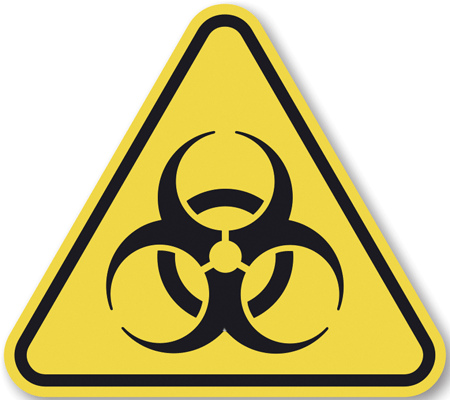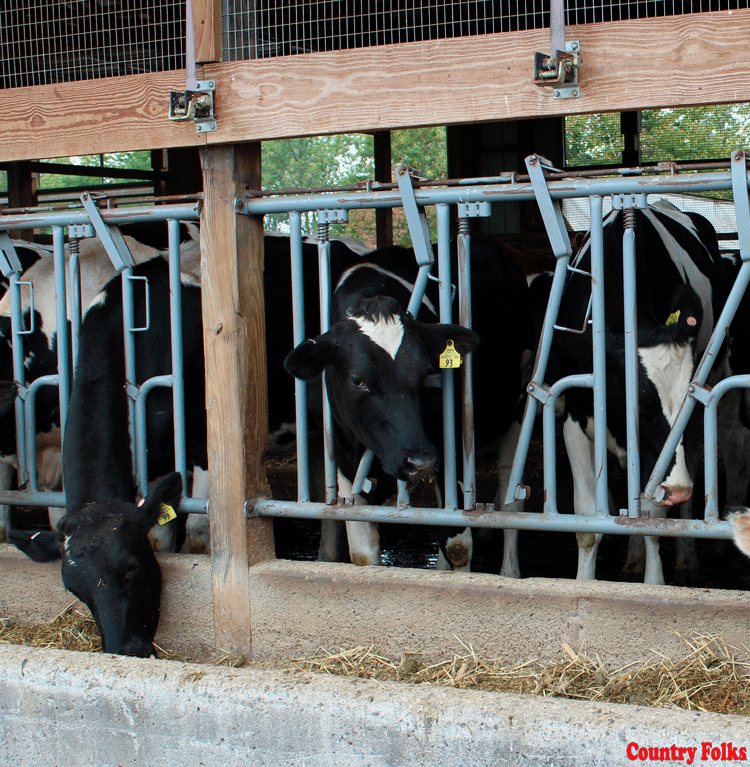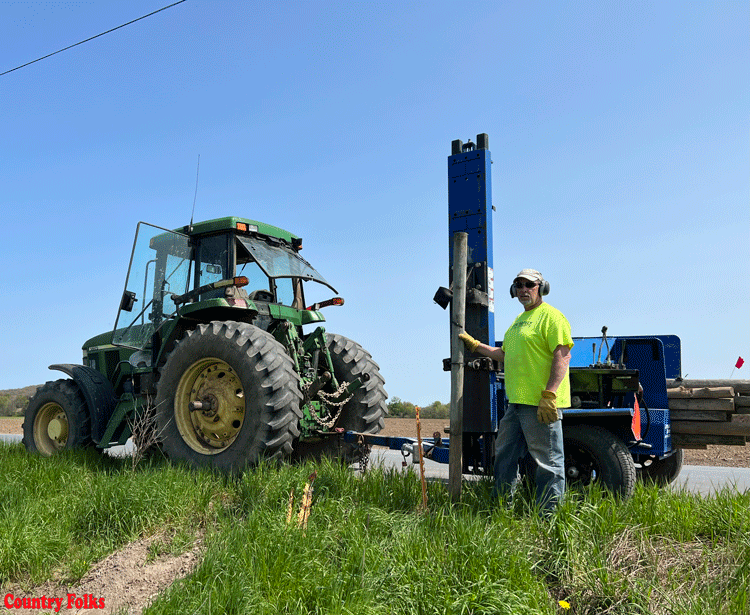Hey Doc, that vaccine didn’t work!
by Gabe Middleton DVM
While working with our dairy clients to improve health and productivity of their herds, I’ll occasionally hear, “Hey Doc, that vaccine didn’t work.” We vaccinate cows and calves to prevent reproductive disease and loss, respiratory disease, mastitis, and scours, just to name a few. When it seems as though a vaccine has not given the desired effect, we must take a step back and explore why. If you take a hard look at how vaccines work in different situations, you may find that vaccine failure is rare. Other factors may be at play.
The bell curve effect
Not all animals respond to vaccinations in the same way. A bell curve can be used to illustrate how animals respond differently. The middle of the bell curve contains the vast majority of animals, and these animals have responded to the vaccine adequately. The right side of the curve contains a small percentage of animals who responded exceptionally well to the vaccine, while the left side of the curve contains a small percentage of animals who did not respond to the vaccine adequately. At first glance, we have no way of knowing which animals have responded to the vaccine and which have not. No matter what vaccine we are using, there will be a small percentage of animals who do not adequately respond. This is no fault of the vaccine, but rather, the way that a biological system works: some cows do not have a competent immune system.
The exposure threshold
A simplified approach to understanding how vaccines work is that they increase the exposure threshold. The animal’s immune system is able to fight off more of whatever bacteria or virus you are vaccinating for. In some circumstances, the environment still contains too many bacteria or viruses and the vaccine seems to have failed. Even with a primed, vaccinated immune system, there can still be overwhelming amounts of pathogens. No matter what vaccine you are using, be sure to consider other factors such as ventilation, nutrition, and cleanliness, just to name a few.
“Hey Doc, that vaccine didn’t work!”
Many of the vaccines administered to calves deal with prevention of respiratory disease. There are many herds that follow a very detailed calf vaccination protocol yet still struggle with calf pneumonia. Without adequate ventilation and nutrition (including colostrum), respiratory vaccines may appear “ineffective.” Positive pressure tube ventilation systems have improved ventilation in calf housing facilities. Many calf feed companies market higher energy milk replacers to improve a calf’s nutritional plane and some producers feed pasteurized whole milk.
Core antigen (coliform) mastitis vaccines are also very commonplace in the dairy industry. Again, there are herds that still may struggle with coliform mastitis despite being vaccinated with these products. Remember the mastitis triangle: man, machine, and environment. Cows need a properly functioning milking machine and a consistent, appropriate prep routine. In addition, reducing the number of coliform bacteria at the teat end will optimize these core antigen vaccines. This means keeping cows as clean and comfortable as possible. If your cows are exposed to overwhelming amounts of manure at the teat end, they may still contract coliform mastitis despite the vaccine.
There are several very effective, commercially available vaccines that are labeled for prevention of calf scours. These vaccines are typically given to the cow, which then transfers that immunity to the calf through colostrum. In order for these vaccines to be effective, colostrum management must be excellent. This means delivering clean, fresh colostrum to the calf within a few hours of birth. Cows must be milked soon after freshening to prevention dilution of colostrum or you can feed frozen colostrum that has been stored. If dirty or poor quality colostrum is fed to calves or if colostrum is fed too late, the scours vaccines will seemingly fail. Monitoring colostrum quality and calf serum IgG (total protein) with a Brix refractometer is a great way to determine if your colostrum program is adequate.
These are just a few common examples of what may appear to be vaccine failures. Another issue with vaccines can be improper handling of the product. Vaccines are very sensitive to temperature swings both too hot and too cold. Reconstituted (mixed) vaccines must not be used if they have been mixed for more than a few hours. Additionally, and this may seem obvious, but different vaccines require different doses. Please take time to read the vaccine labels to make sure your vaccines have not been inactivated before you even inject them into the cow.
Nutrition is the foundation of health. If your herd is experiencing high incidence of transition cow diseases, subacute rumen acidosis, or simply lack of appropriate nutrition, the response to vaccines will be compromised.
Lastly, appropriate timing of vaccinations is critical. There are specific times when vaccines should and should not be administered to achieve the desired effect.
These examples are just a few reasons that you may not be getting optimal vaccine results. Work with your herd veterinarian to construct a vaccination protocol and implement some common sense practices to reduce incidence of disease and improve the performance of your herd. Remember that appropriate vaccination protocols are only one aspect of disease prevention.











Leave A Comment